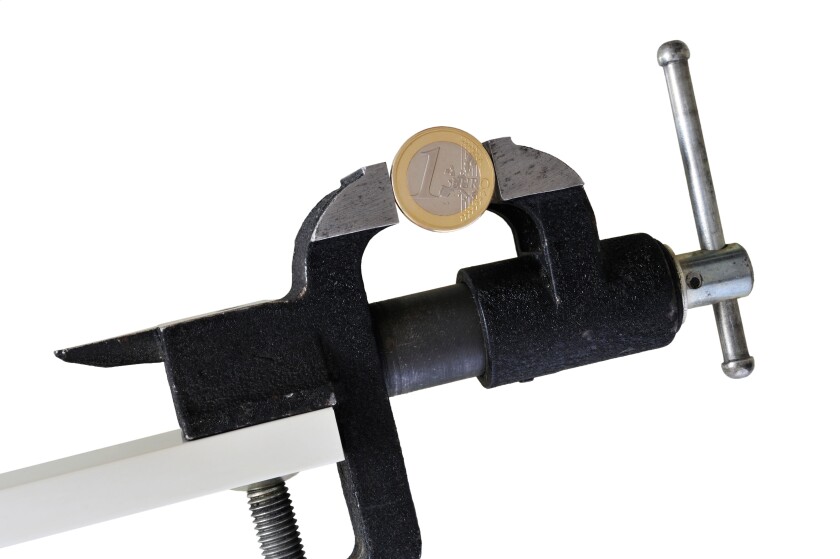Sentiment in the covered bond market has soured lately, following a string of mediocre deals. Almost everyone in it expects spreads to widen further. But they’re likely to be proved wrong. High redemptions, consistent central bank buying and a precipitous drop in supply over the rest of this year suggest buyers will not have much to choose from.
Euro covered bond benchmark supply of €108bn from January to May was the highest that period has seen in a decade, and after several recent borrowers only just managed to get their deals across the line, despite offering generous new issue concessions, there’s a growing sense of unease.
This conventional bearish view is compounded by expectations that the ECB will cut its primary market order from 30% of a deal to 20%. In addition, the terms of the Targeted Longer-Term Refinancing Operation are bound to be tightened, effectively driving issuers to the next cheapest source of funding, which is covered bonds.
But the ECB’s covered bond portfolio currently stands at more than €300bn, which means it will need to buy an average of €2.5bn a month over the remainder of 2022 just to keep it constant, peaking in September when it’ll need to replace €7bn of redemptions.
Meanwhile, rates may go higher, but banks are still going to earn carry from the TLTRO, so won’t rush to pay it back.
Over the remainder of the year, redemptions amount to €60bn, while supply is set to more than halve, with euro benchmark issuance predicted to be around €50bn.
Spreads have been stable despite volatile markets, widening just 5bp-10bp, while 10 year Bund yields have risen by 150bp since March. Attracted by this stability, a wave of buyers has returned to the asset class, which has helped contain spreads. But they are going to be competing with the ECB and others for what little remains to be issued.
A bearish outlook may be prevalent, but there’s no guarantee that it will come to pass.

